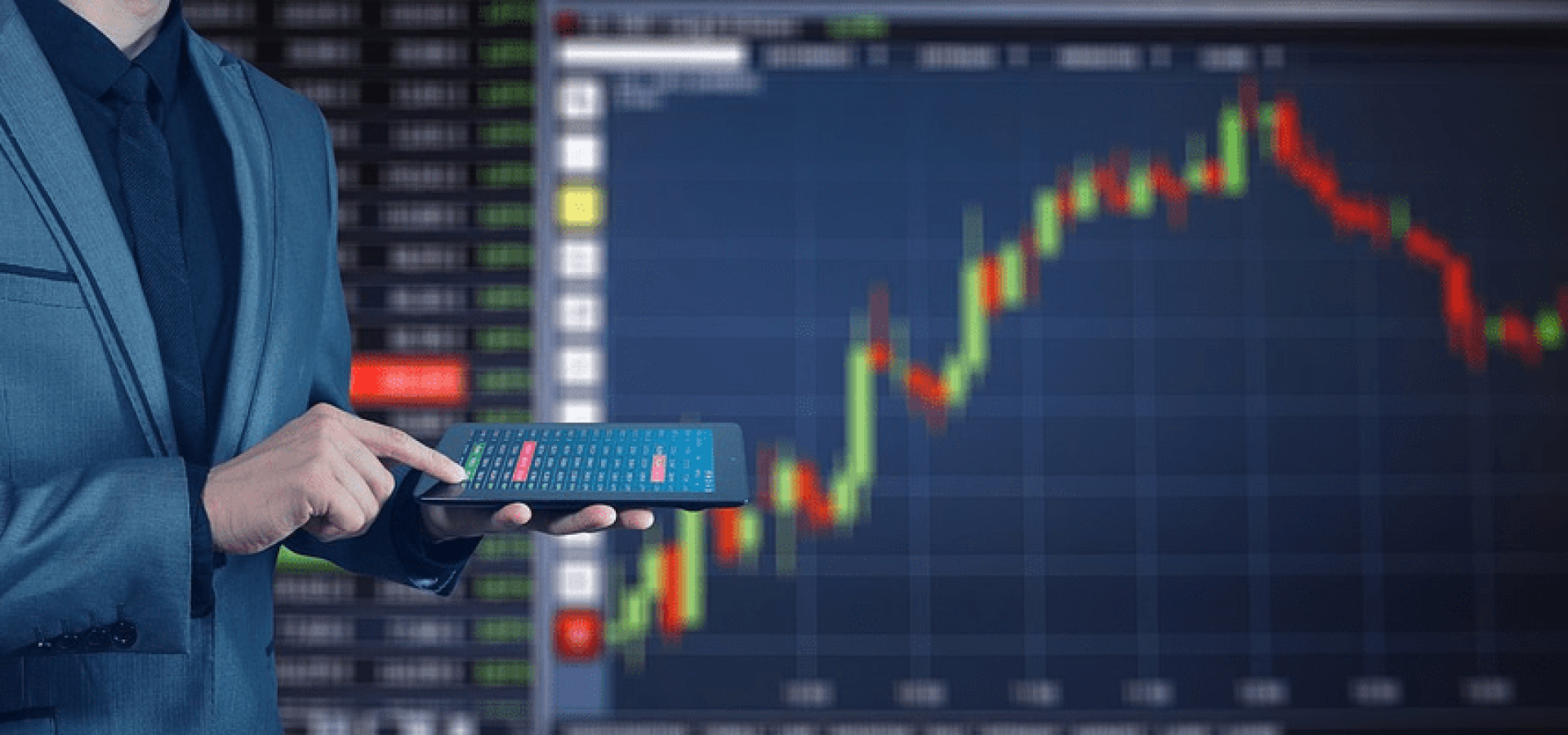One significant benefit of commodity trading is the ability to use leverage. Commodity futures contracts typically require a margin deposit of only a fraction of the contract’s total value, usually around 10%. For instance, trading an S&P 500 Index futures contract necessitates a slightly exceeding £20,000 margin deposit. If the Index increases by 20%, the trader could see a profit exceeding 100% due to the leveraged position. This leverage amplifies potential gains, making commodity trading an attractive option for many investors.
Low Commissions: Saving on Commodity Trading Costs
Another advantage lies in commodity futures’ relatively low commissions and trading costs. Historically, these costs have been lower than those associated with stock trading. However, the rise of discount brokerages for stocks has gradually narrowed this cost advantage. Despite this, the lower costs in commodity trading can still represent a significant saving for traders, particularly those engaging in high-volume trading.
Liquidity: Rapid Access and Financial Flexibility
In commodity trading, funds not tied up in margin requirements remain liquid and accessible, allowing traders flexibility in their financial planning and quick responses to market changes. This liquidity is crucial for maintaining the ability to enter and exit positions swiftly, which can be especially important in volatile markets. Accessing funds quickly means that traders can seize opportunities as they arise, maximising their potential profits.
Diversification: Spanning Various Sectors
Commodity futures provide diverse trading options across various sectors, including agriculture, energy, precious metals, foreign exchange, and stock indexes. Despite the smaller number of contracts compared to the vast array of available stocks, this diversity allows for targeted trading. For example, a trader can directly profit from an increase in cotton prices by trading cotton futures, unaffected by the broader market influences that impact stock prices. This sector-specific focus helps in hedging risks and optimising portfolios.

Short Selling: Profiting from Declining Prices
Short selling in commodity markets is straightforward, with no restrictions present in stock markets. This ease allows traders to profit from declining prices without the regulatory hurdles in equities trading. The ability to short-sell commodities without such restrictions provides traders with more strategies to profit from market movements, regardless of the direction. This flexibility is a key factor in why many traders prefer commodities over stocks.
Identify Your Market: Focus and Specialisation
Successful commodity traders often focus on a single market or a narrow segment. Historical examples illustrate this well. In the 1980s, a trader who excelled in cotton futures but failed in silver trading highlighted the importance of market specialisation. Recognising and concentrating on markets where one has a natural aptitude is crucial. This specialisation allows traders to develop deep insights and expertise, which can significantly enhance trading success.
Reviewing your trades over six months is recommended to determine where your strengths lie, noting which markets yield success and which do not. Large trading institutions often allocate their traders to specific market segments to capitalise on specialised knowledge and skills. This focused approach enables traders to refine their strategies and improve their performance. By understanding and leveraging one’s strengths, traders can navigate the complexities of the commodity markets more effectively.
Memorable Insights: Learning from Experience
Successful traders often exhibit an almost uncanny ability to predict market highs, lows, and trend changes accurately. This skill often stems from years of experience and a deep understanding of their chosen markets. However, even the most successful traders face challenges. For example, a trader who made over a million pounds trading cotton futures in a year ultimately reported a net loss. This highlights the volatile nature of trading and the importance of managing risks effectively.
Persistence and Adaptability: Key Traits for Success
Persistence and adaptability are crucial traits for successful trading. After consistently losing money in silver trading for several years, one trader finally acknowledged that silver was not his forte and wisely ceased trading it. This decision underscores the importance of recognising one’s limitations and focusing on markets where one has demonstrated proficiency. Finding your market may take time and involve losing trades, but it is vital to becoming a successful trader. Over time, you can build a more profitable and sustainable trading strategy by honing in on markets where you have a knack for trading.
This comprehensive guide highlights the strategic advantages and insider secrets of commodity trading, providing a foundation for new and experienced traders to build upon. Traders can make informed decisions by understanding the benefits of leverage, cost efficiency, liquidity, diversification, and the straightforwardness of short selling. Moreover, recognising the importance of specialising in markets where one has a natural proficiency can lead to sustained success and profitability in commodity trading.
Commodity Trading Secrets: Prices Tend to Trend
Commodity trading represents an intriguing segment of financial markets, often characterised by distinct trends driven by supply and demand dynamics. Unlike stocks, the fundamental forces influencing raw materials exhibit relatively less volatility, making them an attractive avenue for trend traders. However, it’s crucial to acknowledge that major bullish or bearish trends can still result in significant volatility on certain trading days. When high demand meets limited supply, prices tend to surge; conversely, an oversupply or diminished demand can lead to declining prices.

Supply and Demand Dynamics
The interplay of supply and demand forms the cornerstone of commodity prices. For instance, oil prices serve as a prime example of this dynamic. During a bull market, oil prices can exceed $100 per barrel. However, from 2014 onwards, oil experienced a sustained downtrend, with prices plummeting below $40 per barrel. Similarly, grain prices, which reached record highs in the early 2000s, gradually declined in 2009. These examples underscore the critical impact of supply and demand on commodity pricing.
Trend Trading Strategies
The adage “the trend is your friend” holds significant weight in commodity trading. Successful strategies often leverage longer-term charts—daily, weekly, or even monthly—to identify and follow trends. One renowned technical analyst developed a straightforward yet effective strategy: buying when prices hit a new 10-day high and selling short at a new 10-day low. This basic approach can be enhanced by aligning trades with the overall market trend. In a bullish market, traders only buy 10-day highs, while in a bearish market, they sell 10-day lows. This refined strategy is 180% more profitable over one year than the basic approach.
Volatility and Risks
Despite long-term trends, commodities can exhibit significant daily volatility. Day trading in commodity futures, which involves high leverage and substantial price fluctuations, can be risky. Extreme intraday price swings are not uncommon, with prices potentially moving from limit-up to limit-down within hours. This high-stakes environment demands a thorough understanding of the inherent risks and disciplined risk management strategies.
Seasonality in Commodity Trading
Seasonal patterns play a pivotal role in commodity trading. Certain commodities exhibit predictable price movements based on the time of year. For example, heating oil and natural gas prices typically rise in winter and fall in summer. Such seasonal trends are consistent in approximately 70-80% of cases. Jake Bernstein’s work on seasonal trends highlights these patterns and their applications. Traders often use seasonal patterns as confirming indicators for existing trends or as cautionary signals for potential trend changes. For instance, traders might avoid taking large short positions in orange juice futures before the winter season, anticipating higher demand.
Commodity Trading: Discipline and Strategy
Commodity trading offers substantial leverage and opportunities to profit from sustained trends. However, it requires considerable discipline and practice. The challenges of managing leverage and mitigating excessive risks cannot be overstated. Aspiring traders should approach the market cautiously and thoroughly understand these dynamics. By learning and applying commodity trading secrets, investors can navigate this complex market more effectively and potentially reap significant rewards.









COMMENTS